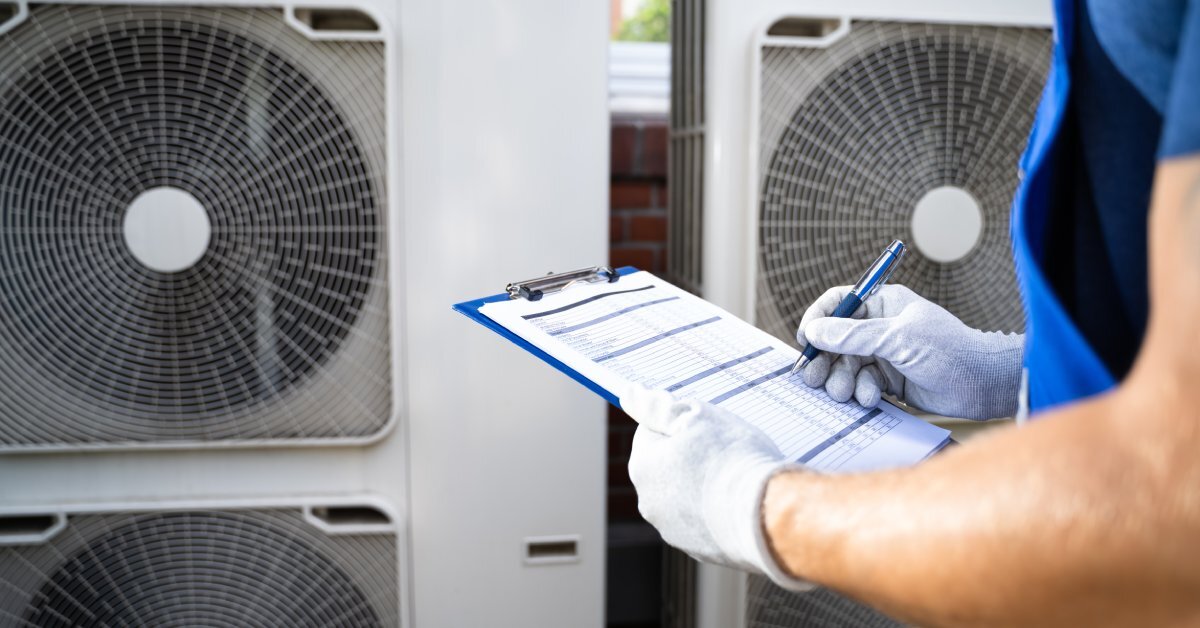A Quick Guide To Understanding HVAC Load Calculations
There’s a science behind creating a space that’s both comfortable and energy-efficient. That’s where HVAC load calculations come into play. This process might sound like something only engineers care about, but it impacts anyone who wants a home that stays cozy in winter and cool in summer.
Think about this. Have you ever been in a house where one room feels like the Arctic while another feels like a sauna? Or have you had a system that seemed brand-new but kept needing repairs? These problems often stem from skipping or mishandling load calculations. The size of your HVAC system, the materials in your house, local climate, and even daily habits all influence how much heating or cooling a space needs.
This guide breaks down what HVAC load calculations are, why they matter, and how they can save you money and headaches. Whether you’re building a new home, upgrading your system, or just curious, these steps will help you understand how to get the most out of your HVAC system. Let’s get into it!
What Are HVAC Load Calculations?
The Basics of HVAC Load
HVAC load calculations are the method used to figure out the amount of heating or cooling required for a specific space. “Load” in this context is simply a measure of energy demand. Think of it as calculating how much power is needed to maintain comfortable temperatures, regardless of outdoor weather changes. This isn’t a one-size-fits-all process because every building has its own unique requirements.
One of the main goals of load calculations is to align system capacity with the space it serves. When these two things match, you get a system that heats or cools evenly and efficiently, avoiding problems like overworked equipment and utility bill surprises.
Clearing Up Misconceptions
There’s a common belief that a bigger HVAC system is automatically better. After all, doesn’t more power mean faster heating or cooling? Not exactly. Oversized systems often lead to short cycling, where the system frequently turns on and off, wasting energy and causing uneven temperatures.
Some people also think load calculations only matter for larger buildings or new constructions. That’s not true either. Even minor upgrades to your home, such as adding insulation or replacing windows, can change your HVAC requirements. Getting an accurate calculation, even for a simple remodel, ensures your system performs at its best without wasting energy or money.

Why Are HVAC Load Calculations Important?
Energy Efficiency and Cost Savings
When a system is properly matched to your home’s needs, it runs more efficiently, using less power to maintain the temperature you want. For instance, an oversized system can waste energy by cooling or heating too quickly and shutting off prematurely, only to repeat the cycle shortly after. A properly-sized system avoids these wasteful cycles and keeps your energy use consistent.
This efficiency translates directly to your utility bills. If you’ve been dealing with oversized or undersized units in the past, you’ll notice the difference in your monthly expenses quickly.
Extending System Life and Improving Air Quality
An improperly sized unit, whether too large or too small, works harder than it should. Over time, this extra strain leads to breakdowns and requires expensive repairs or replacements. With a good fit, your system operates smoothly and lasts longer.
Better sizing also improves indoor air quality. A poorly sized system struggles to circulate air evenly, creating humid or stale areas in your home. Proper airflow helps maintain balanced humidity levels and removes pollutants more effectively, creating a healthier environment for everyone.
Key Factors in HVAC Load Calculations
Understanding Your Local Climate
Homes in cooler regions require heating systems capable of withstanding harsh winters, while those in hot climates prioritize air conditioners strong enough to handle summer heat waves. The climate zone your home is in provides the baseline for calculating the system’s capacity.
The Role of Building Materials and Insulation
Residences with high-quality insulation, energy-efficient windows, and sealed doors help keep indoor temperatures stable. Poor insulation, on the other hand, allows heat to escape in the winter or sneak indoors during the summer, making your HVAC system work harder.
Occupancy and Equipment
It’s not just the building that matters; the people and devices inside also play a role. A home with one or two residents generates far less heat from body temperature, cooking, and daily activities than a home with a large family or frequent guests. Similarly, appliances like ovens, computers, and entertainment systems produce heat that needs to be accounted for when determining your HVAC load.
Steps to Perform an HVAC Load Calculation
Manual J Method
This approach collects detailed information about the building, including square footage, insulation ratings, number of windows, and local climate. These inputs create a calculation that accurately reflects your home’s specific heating and cooling requirements. Manual J has become the industry gold standard for a reason—it’s thorough, reliable, and backed by technical expertise.
Using Software for Accuracy
Thanks to advancements in technology, performing an HVAC load calculation doesn’t always require pen and paper. Today, homeowners and professionals alike can use load calculation software to simplify the process. These tools allow users to input specific details about a space and receive a detailed breakdown of HVAC needs. Using software can save time and reduce human error.
DIY or Expert Assistance
If you’re tech-savvy and comfortable with home measurements, you might try these calculations yourself using plumbing supplies available online and video tutorials. However, accuracy is key, and a trained professional will always produce the most dependable results.

Avoiding Common Mistakes
Over-Sizing and Under-Sizing Systems
Oversized systems often suffer from short cycling, which wastes energy and causes uneven heating or cooling. Under-sized systems work overtime to keep up, driving up your energy bills and wearing out quicker. Always rely on detailed and updated calculations to guide your selection process.
Forgetting Heat Sources
Appliances, lighting, and even electronics contribute to the overall heat load in a home. Ignoring these variables skews calculations, leading to a system that doesn’t perform effectively during high-use times.
Using Outdated or Incorrect Data
Using old data, like previous insulation ratings or room sizes, can derail your HVAC design. Many homes undergo updates over the years, and calculations need to reflect these changes. A fresh, professional assessment ensures every detail aligns with your space’s current needs.
What Now?
When it comes to HVAC systems, a little knowledge goes a long way. Understanding the importance of load calculations benefits anyone who values comfort, efficiency, and smart investments. The next move is yours. Whether that means exploring load calculation tools or even just being more informed the next time you upgrade your system, you’re ready to make decisions that truly pay off.
Feeling inspired? Don’t stop here. Share this guide with others who might benefit, or take a moment to plan your next home upgrade. With the right approach, you’ll not only save money but also create a space that feels just right in every season.
Recent Posts
-
A Quick Guide To Understanding HVAC Load Calculations
There’s a science behind creating a space that’s both comfortable and energy-efficient. …Jul 17th 2025 -
7 Signs That Your Water Heater Is Leaking
A water heater might not be the flashiest appliance in your home, but when it starts acting up, it c …Jun 27th 2025 -
The Impact of Booster Pumps on Water Quality
Imagine turning on your faucet, only to watch a weak stream of water struggle its way out. It’ …Jun 16th 2025




